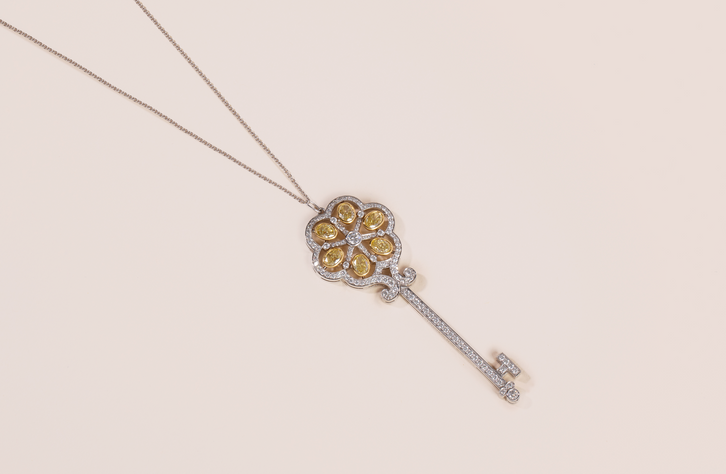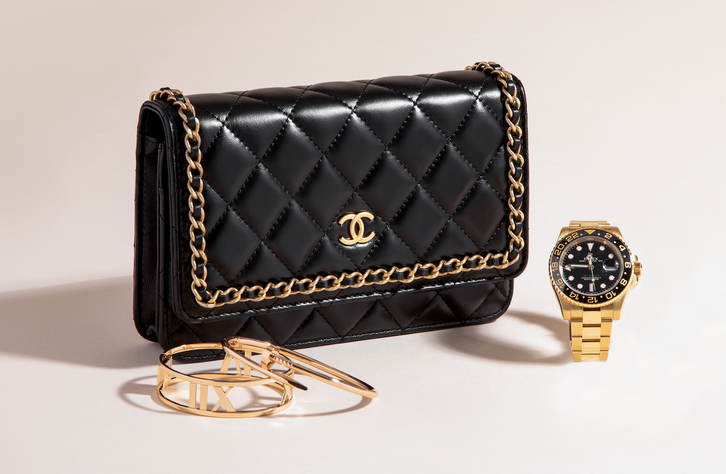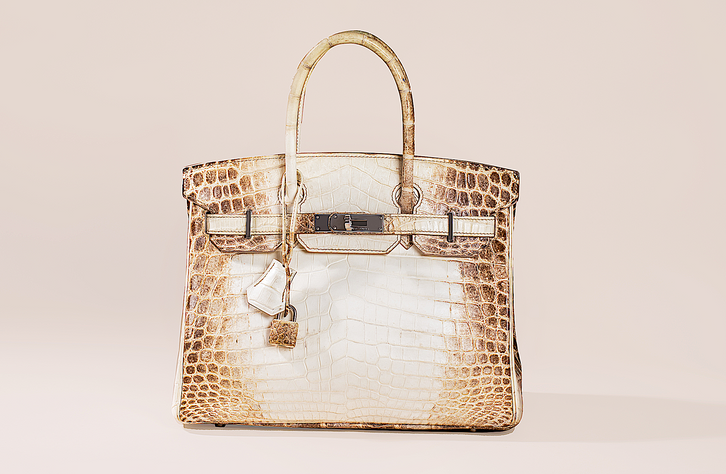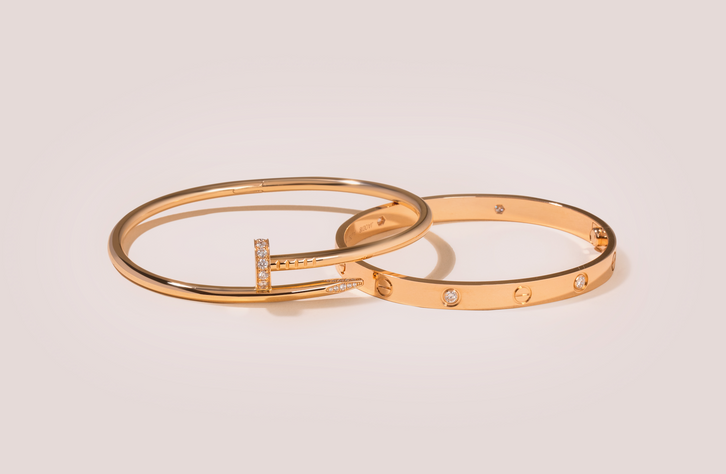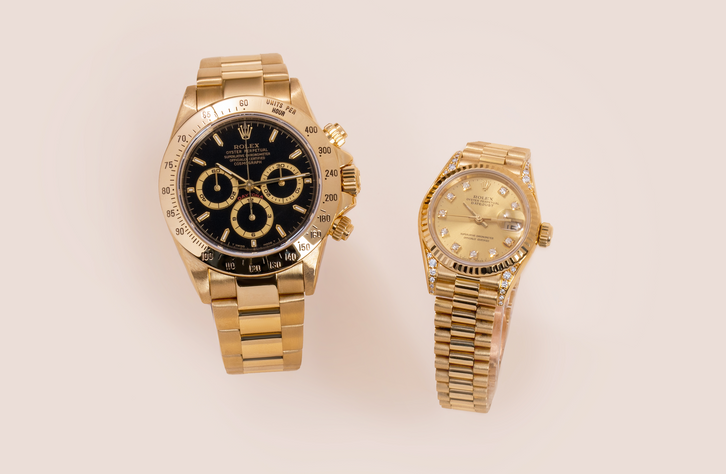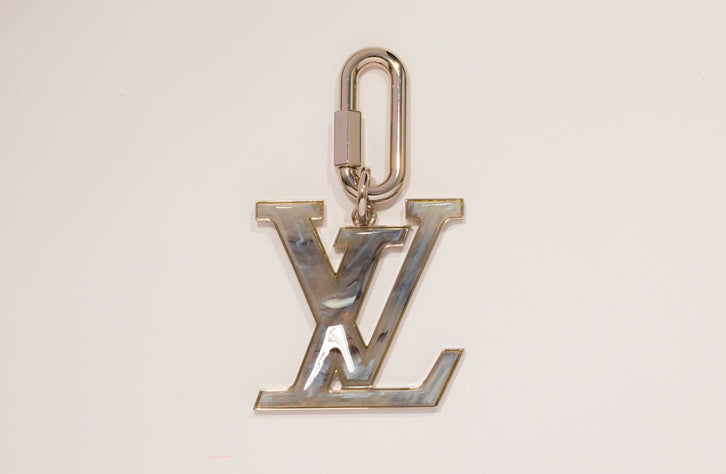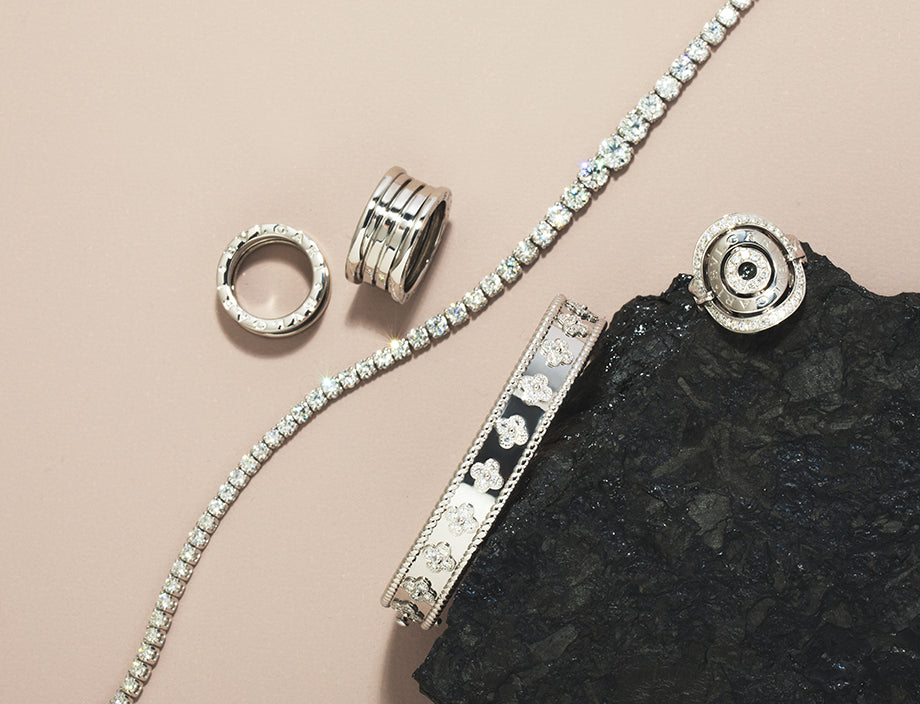Definition: Diamond cut refers to how well a diamond interacts with light.
Cut grade is determined primarily by the symmetry, proportions, and polish of a stone, not its shape. Along with color, clarity, and carat weight, cut is one of the 4 C’s used to establish diamond quality. In their uncut state, diamonds can be fairly ordinary in appearance. A diamond’s cut can alter the appearance of a diamond dramatically and can have a huge impact on its value.
In this article, we will answer the following questions about diamond cuts:
- How is a diamond’s cut grade determined?
- How does cut affect my diamond’s value?
- How do I determine my diamond’s cut grade?
.
How Is A Diamond's Cut Grade Determined?
A diamond’s cut grade is assessed based on several factors:
| Factors Affecting Cut Grade | Description |
| Proportion | Proportion refers to the ratio of the diamond’s depth, width, and table. A well-proportioned diamond will maximize the amount of light reflected out of the diamond’s table. Diamonds that are too shallow or deep will let light leak out of the sides or bottom of a diamond, resulting in less brilliance. Ideal proportions differ greatly depending on the shape of the diamond. |
| Symmetry | Symmetry refers primarily to the symmetrical arrangement of facets in a diamond. Symmetry is assessed separately on a scale ranging from excellent to poor. An asymmetrical stone may have uneven facets, off-center culets and tables, wavy girdles, or misaligned tables and culets. Asymmetrical diamonds are less desired because they can be visibly unappealing to the naked eye and may cause light to reflect unevenly within a diamond. |
| Polish | The polish of a diamond refers to how carefully polished the exterior of the diamond is. A high-quality polish eliminates all surface imperfections and results in a smooth diamond. Polish is given a separate ranking from excellent to poor. |
| Brilliance | Brilliance is evaluated based on brightness and contrast. Brightness refers to the amount of light that is reflected out of the diamond’s table. Contrast refers to the light and dark areas within a diamond, created by the interplay of shadows and light. The more brightness and the stronger the contrasts, the greater a diamond’s brilliance. Certain cut proportions can cause light to leak out of the sides of a diamond, which can lessen the diamond’s brilliance. The more brilliant a diamond, the better its cut grade. |
| Fire | Fire refers to the effect of light being scattered into different colors within a diamond, which is visually appealing. |
| Scintillation | Scintillation refers to how much sparkle a diamond creates. The more scintillation a diamond has, the more attractive it is. |
Once your diamond is assessed based on the previous attributes, it is time to assign it a cut grade. The GIA, the industry’s leading organization, grades diamond cuts as follows.
GIA Diamond Cut Grades
| Cut Grade | Description |
| Excellent | Polish and symmetry are exceptional. Maximum fire and brilliance. Scintillation is excellent. |
| Very Good | Perhaps some increased darkness, but most of the light that enters the diamond is properly reflected. |
| Good | The majority of light that enters the diamond is properly reflected. Fire and brilliance may not be impressive. |
| Fair | Some of the light that enters the diamond escapes from the sides or bottom. Brilliance and fire are low. |
| Poor | Most of the light that enters the diamond is not reflected back out through the table. Diamond appears dull. |
When a diamond’s cut, polish, and symmetry are all graded excellent, the diamond is called a triple excellent diamond.

.
How Does Cut Grade Affect My Diamond's Value?
Cut has a dramatic impact on the appearance of a diamond, greatly affecting its worth. Stones with excellent cut grades are significantly more valuable than those with poor cut grades.
The following table shows the percent change in value of a diamond as the cut grade changes:
| Cut Grade | % Change in Value |
| Excellent | +25-30% more value |
| Very Good | +15% more value |
| Good | |
| Fair | -15% less value |
| Poor | -25-30% less value |
Oftentimes, diamonds that receive a Good, Fair, or Poor cut grade will be re-cut in order to achieve a Very Good or Excellent Cut Grade. Though carat weight will be lost during the re-cutting process, the new, well-cut diamond can often be more valuable than the larger original diamond.
Additionally, the market conditions at the time of sale may determine how desirable your diamond’s cut is. Certain cuts are more in demand nowadays than in previous years and will fetch significantly higher prices on the secondhand market.
If you would like to determine your diamond’s value or are interested in selling your piece, fill out the online form and one of our in-house diamond specialists will be in touch shortly with an initial valuation. myGemma offers a quick, secure service for selling your diamonds, designer jewelry, and luxury watches online.

How Do I Determine My Diamond's Cut Grade?
After learning more about how diamond cut is assessed and how it affects the value of a diamond, you may be curious: what is my diamond’s cut grade? Any papers or certificates you have about your stone may be able to tell you this information. GIA reports include the cut, symmetry, and polish grade of a diamond and are the most accurate source of information in the industry.
If you cannot locate any information regarding your diamond or are unsure of the accuracy of any information you do have, a local jeweler may be able to offer a free, basic assessment of your diamond’s cut.
Once you have information about your diamond, our diamond experts are ready to provide you with a price valuation. Fill out the online form and a member of team will be in touch shortly with an initial price estimate.
